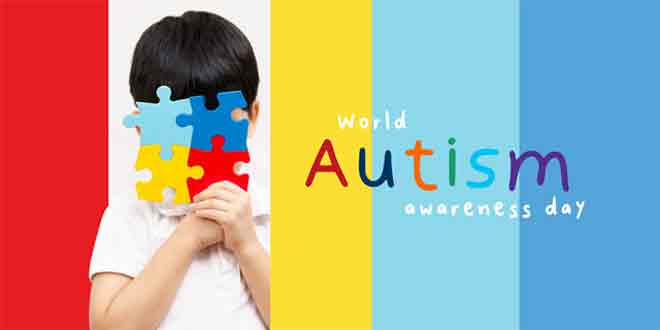In this article we will know about the conditions or symptoms that may exist with Asperger’s or Autism spectrum disorder (ASD).
Comorbidity is when a condition exists with a primary condition. Many children with autism or Asperger’s have other conditions that may or may not require an evaluation and/or treatment. As a parent of a child with autism, it is difficult enough to accept one disorder but to have an additional disorder can be heartbreaking; however, these other disorders should not be overlooked. As with autism or Asperger’s, applying interventions can help that child to grow up to be a functioning adult.
What are some of those conditions that exist with autism or Asperger’s?
ADHD
“There are three sub-types of ADHD – ADHD: predominantly hyperactive-impulsive type, ADHD: predominantly inattentive type (sometimes called ADD) and ADHD: combined type (displays symptoms of both of the previous types).” (Robinson, 2004) Although not diagnosed, my son, I believe, has ADHD, inattentive type. This is characterized by symptoms of forgetfulness, inattentiveness, daydreaming and distractibility.
ADHD – Hyperactive/Impulsive Type is more excessive. These children are often fidgety, impulsive, and hyperactive. They often break the rules at home and at school. ADHD combined is having both types.
Tourette’s Syndrome
Those with Tourette’s may have peculiar movements, make sounds and/or have unusual facial expressions. All of these are referred to as tics and can be involuntary and uncontrollable. Tics can appear as excessive eye blinking, flinching, jerking, snorting or grunting. When a person is tired or feels stressed, these tics seem to increase. When a person is relaxed, the tic movements decrease. (Office of Scientific and Health Reports, 1995).
Tics may disappear, causing one to no longer think he or she has it. They may reappear at a later time and new tics may emerge.
Obsessive Compulsive Disorder

According to the National Institute of Mental Health (NIMH), “Obsessive-Compulsive Disorder, OCD, is an anxiety disorder and is characterized by recurrent, unwanted thoughts (obsessions) and/or repetitive behaviors (compulsions).” Obsessive Compulsive Disorder shares similar characteristics of autism or Aspergers in that the two disorders have repetitive behaviors or obsessive ideas called fixations. An example would be repeatedly washing your hands in fear of catching germs. In the case of my son, repeatedly making erasures on paper even when work appears to be neat.
Psychological disorders in children almost never occurs in isolation. To find out if your child has another existing condition, a psychological and behavioral assessment can be conducted.
